- On the morning of October 24, at Chi Lang commune, the Department of Culture, Sports and Tourism held a conference to announce the Decision of the Provincial People's Committee Chairman approving the planning for preservation, restoration, rehabilitation and promotion of the value of 22 national relic sites of Chi Lang relic site, Lang Son province. Attending the conference were representatives of leaders of a number of provincial departments, branches, Chi Lang commune and Nhan Ly commune.

At the conference, the representative of the Office of the Department of Culture, Sports and Tourism announced Decision No. 1938a/QD-UBND dated August 30, 2025 of the Chairman of the Provincial People's Committee on approving the Plan for preservation, restoration, rehabilitation and promotion of the value of 22 national relic sites of Chi Lang relic site, Lang Son province.

Accordingly, the planning boundary is determined on the basis of the Master Plan of Chi Lang Historical Relic Site approved by the Provincial People's Committee in 2012 and the dossier of the special national relic approved in Decision No. 1954/QD-TTg. However, the review process of many relic sites has no trace of the original relics, or has been granted to people for farming and cultivation. Therefore, in order to ensure investment efficiency but still meet the goal of preserving, restoring, rehabilitating and promoting the value of 22 national relic sites, it is necessary to study and expand the boundary to cover the complex of the above relic sites.

The planning scope of 22 national-level relic sites has an area of 35.84 hectares, specifically, the cluster of 8 national-level historical relics in Chi Lang town (now Chi Lang commune) includes Quan Am bridge, Luy Kai Kinh citadel, Lung Ngan, Quan Cong market, Nai pagoda, Ban Co mountain, Tay Ngai mountain, Ba Tai unicorn; the cluster of 8 national-level historical relics in Chi Lang commune (now Chi Lang commune) includes pig-slaughtering stone, ancient brick kiln, Trung village communal house, Dong Dinh square, Don village, Quan Thanh, Ly root pass, Gao root hamlet; the cluster of 5 national-level historical relics in Dong Mo town (now Chi Lang commune) includes Hon Ngoc mountain, Hang pagoda, Tuan wharf, Trang Khanh citadel, Liu village; the cluster of national-level historical relics in Mai Sao commune (now Nhan Ly commune): Ho Lai temple.

The planning aims to determine the scope and measures for preserving, renovating and restoring the original elements of the relic in a defined area, orienting the spatial organization of new construction projects, the technical infrastructure system and creating a suitable landscape environment in the relic area. Connecting 22 national relic sites with 24 special national relic sites in the system of 46 relic sites to become a network/chain of interconnected points to help visualize the panoramic picture of the battlefield in Chi Lang. At the same time, connecting with other relics and tourist sites of Lang Son province, creating a chain of creative products of cultural services, attractive tourism products as well as suitable and diverse tourism models, contributing to the socio- economic development of the locality. In addition, the planning also creates a legal basis for the management and implementation of component projects on investment in the construction of technical infrastructure systems, preservation, restoration and rehabilitation of relics according to the approved planning. Develop regulations and solutions for management and control of architectural landscape planning space of the relic area.
Source: https://baolangson.vn/cong-bo-quyet-dinh-phe-duyet-quy-hoach-bao-quan-tu-bo-phuc-hoi-va-phat-huy-gia-tri-22-diem-di-tich-quoc-gia-khu-di-tich-chi-lang-5062709.html



![[Photo] Prime Minister Pham Minh Chinh chairs conference on breakthrough solutions for social housing development](https://vphoto.vietnam.vn/thumb/1200x675/vietnam/resource/IMAGE/2025/10/24/1761294193033_dsc-0146-7834-jpg.webp)

![[Photo] Solemn funeral of former Vice Chairman of the Council of Ministers Tran Phuong](https://vphoto.vietnam.vn/thumb/1200x675/vietnam/resource/IMAGE/2025/10/24/1761295093441_tang-le-tran-phuong-1998-4576-jpg.webp)
![[Photo] Prime Minister Pham Minh Chinh and South African President Matamela Cyril Ramaphosa attend the business forum](https://vphoto.vietnam.vn/thumb/1200x675/vietnam/resource/IMAGE/2025/10/24/1761302295638_dsc-0409-jpg.webp)
![[Photo] President Luong Cuong chaired the welcoming ceremony and held talks with United Nations Secretary-General Antonio Guterres](https://vphoto.vietnam.vn/thumb/1200x675/vietnam/resource/IMAGE/2025/10/24/1761304699186_ndo_br_1-jpg.webp)



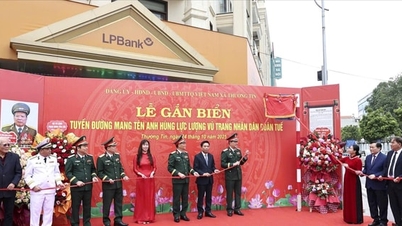

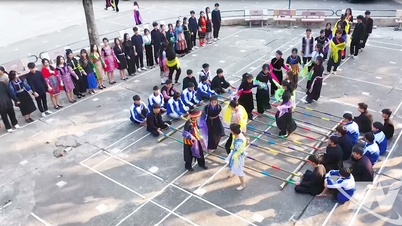

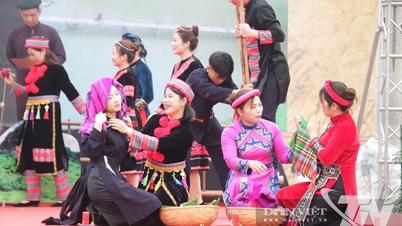
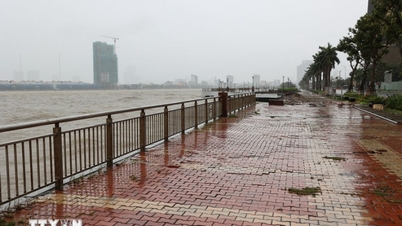




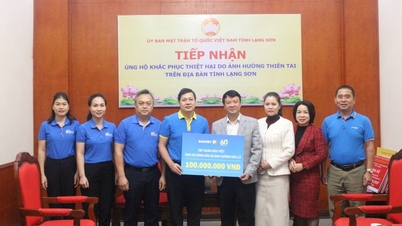

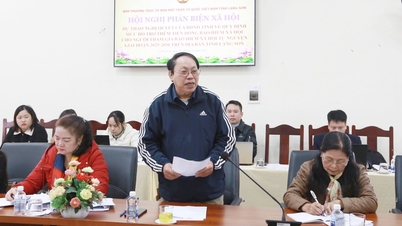
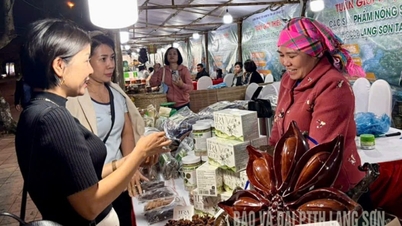

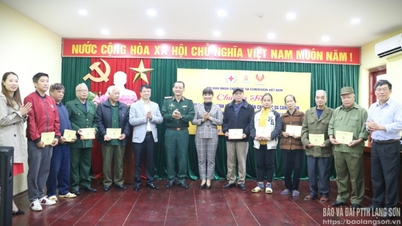




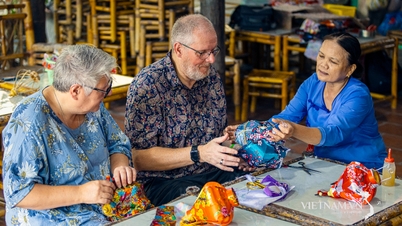

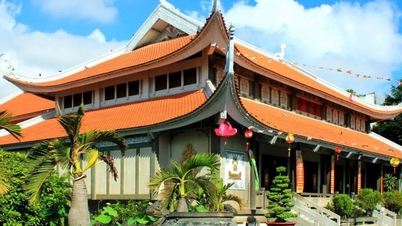

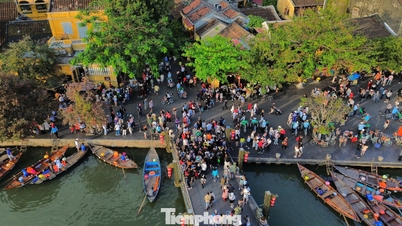

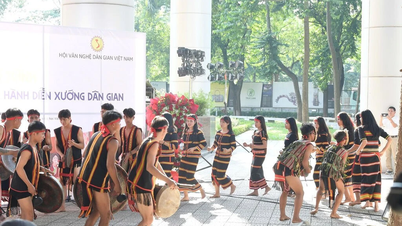


























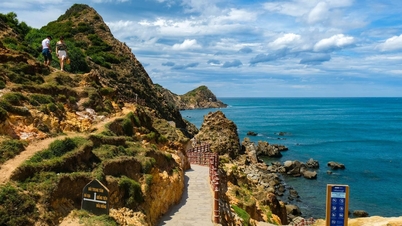








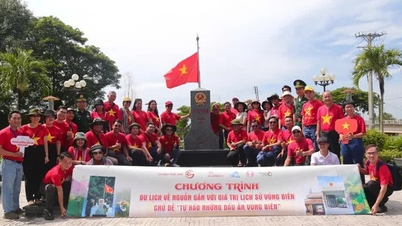


























Comment (0)